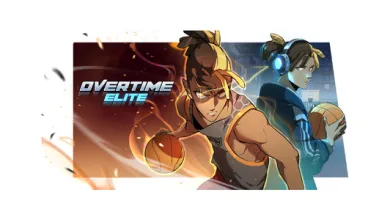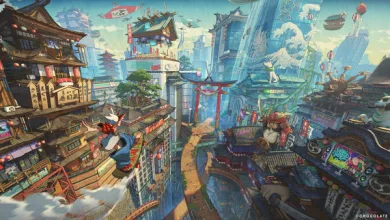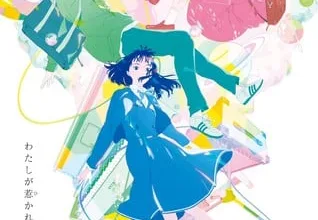New Projects Bring New Opportunities for Kinema Citrus Anime Studio

©2024 Kinema Citrus All Rights Reserved.
Founded in March 2008, Kinema Citrus is known as a pillar in the anime industry for producing high-quality, compelling series. The studio has carved a niche in the competitive anime industry with popular works like Made in Abyss and Revue Starlight. It was founded by Muneki Ogasawara, a former Production I.G producer, alongside Yuichiro Matsuka and Masaki Tachibana.
Kinema Citrus started as a small but ambitious studio. Over the years, it has expanded significantly, both in terms of staff and their projects. This growth has allowed Kinema Citrus to undertake more extensive and varied productions, gaining a reputation for excellence and creativity.
The studio’s My Happy Marriage has recently become a fan-favorite romance anime. Standing out for blending a Cinderella story with magic and deep emotional plotting, My Happy Marriage captured the hearts and attention of viewers with its beautiful story and engaging characters.
During this year’s Anime Central, I spoke with Kinema Citrus founder Muneki Ogasawara, alongside My Happy Marriage‘s director, Takehiro Kubota, and animator Takushi Koide to gain deeper insight into the studio’s success and how they and their teams bring compelling stories to life through anime.
Like many other animation studios in recent years, Kinema Citrus has faced its fair share of challenges in the ever-changing landscape, from maintaining a healthy work-life balance for its staff to securing reliable financial backing. The rapidly evolving and competitive anime industry, influenced by factors such as international investments and the COVID-19 pandemic, has changed a lot but also offered opportunities to continue growth. Ogasawara also shed light on the studio’s challenges and opportunities, particularly in maintaining a positive work-life balance for its animators, ensuring financial viability in the competitive industry, and navigating the impact of international investments and emerging players like Netflix. He emphasized the importance of events like Anime Central in providing a platform to discuss these industry-wide issues and share Kinema Citrus‘ initiatives for improvement.
Congratulations on My Happy Marriage winning Anime Trending’s Best Romance Award. What do you think makes My Happy Marriage a unique love story?
Takehiro Kubota: The main character, Miyo, brings the essence to this series. She’s a girl who is indecisive or cannot decide independently. But as the series continues, she grows up and becomes more determined, moving forward in her chosen path or direction. However, Miyo remains humble at the same time. Those are qualities that are lost in our modern times. So she has sensitivities that are sort of from the old times. Also, at the same time, she is so dedicated to her fiance Kiyoka, which also makes her special. Those qualities make My Happy Marriage a very special love story.
My Happy Marriage is praised for its compelling storytelling and well-developed characters. How did you and your team approach bringing this series to life?
KUBOTA: This series is based on a novel series. Many of the elements we’re using come directly from the source material. However, for the anime production, we wanted to bring the appeal of the original material to the forefront. While I wouldn’t say pieces were missing, we did enhance certain elements to make the story more appealing.
We focused on capturing detailed elements of Miyo’s character, especially her feelings and growth. We were able to depict her with these delicate changes in her development. I would feel honored and happy if the audience valued and appreciated those elements highly.
How would you describe your average day at work, from when you arrive at Kinema Citrus to when you leave for the day?
Takushi Koide: I have two roles at Kinema Citrus. One is directing, and the other is being an animator. Both of these roles are quite different from each other. When it comes to directing, I handle storyboarding, but not just storyboarding—I also prepare for storyboarding and share information with other staffers. So, I have various responsibilities in my director role. As an animator, I spend the entire day drawing.
KUBOTA: I’m speaking from a freelance perspective. Of course, I work with Kinema Citrus, but this has been a big change since COVID-19. There’s been a lot of change in how I work. After COVID, I haven’t been able to go into a studio and work there. I work in my studio or my workplace. I spend my days sitting at my desk, facing my computer monitor, and just working, working, working. If I’m not staring at the monitor, I’m meeting with the staff. So, there’s nothing unique or remarkably different from any other work you usually would do. Just imagine that I’m working just like anybody else during the day.
Muneki Ogasawara: So, of course, I am speaking from the perspective of the company head and the manager. Laws do not protect me as a worker because I am the company head. However, my day typically starts around 7 a.m. and ends about 10 p.m. During the day, it’s just meetings after meetings, all day long. I can sit down and do work like writing emails or handling correspondence at the start and end of the day.
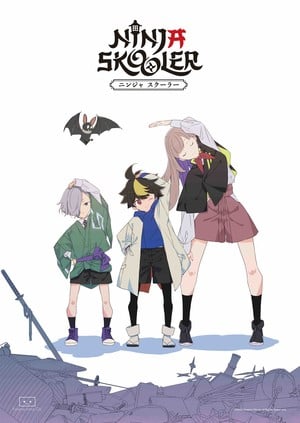
©2024 Kinema Citrus All Rights Reserved.
As the head of the studio, how does Kinema Citrus maintain a positive work-life balance for its animators, ensure financial viability in the competitive anime industry, and benefit from the increase in international investments?
OGASAWARA: It’s quite challenging to address this issue in just a few words. So please bear with me as I attempt to give you a simplified version of how we’re navigating this complex issue. As a company employing staff members, our goal at Kinema Citrus is to provide a steady income for them. To achieve this, we need a strong financial background for ourselves. It’s been a challenge for us, not just at Kinema Citrus, but many other anime studios in Japan have the same issue in getting a strong financial status.
There has been a strong impact, and the landscape has shifted with companies like Netflix requesting Japanese anime companies to produce anime for them. Since then, things have been changing and moving forward in very proactive ways. And different things have started. So, there has been a lot going on because the new player, Netflix, is also in the equation. When it comes to whether it produces good quality or good anime, that is still to be answered. The other big impact on the industry was the emergence of COVID-19, which also changed many things, such as pushing us toward digital project production and improving working conditions. So, in that aspect as well, we found a lot of proactive movements.
In adversity, we’ve found opportunity, turning challenges into chances for growth. If you are in a pinch, you can turn it into a greater chance or opportunity. So, I would like to ask the audience to take a step back and watch how we change and work to improve things. As part of this initiative, we are here at Anime Central to present all of these new challenges* that we want everybody to know about, including what we talked about with financials and other changes.
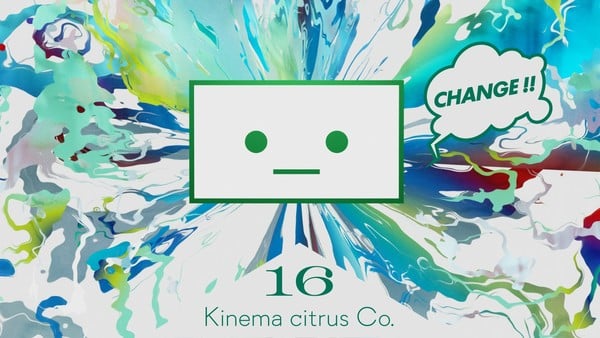
©Kinema Citrus
What do you believe has been the key to Kinema Citrus‘ longevity and success over the past 16 years in the competitive anime industry?
OGASAWARA: There’s nothing extraordinary about ourselves. It is pretty standard, like any other studio. If you go there, you will see rows and rows of desks. However, the people, our team, are our greatest assets. They made us great for the last 16 years and more.
What is the biggest change to Kinema Citrus since its founding? Has the staff increased significantly?
OGASAWARA: As I mentioned, our company’s vision now has been set to take on new challenges. We intend to increase the number of staff members at Kinema Citrus. So in that regard, yes the number of our employees has increased.
Koide-san, our in-house director, is also the deputy manager of our creative department. So, he is involved in training new animators who are joining the industry. He’s been doing great. He is so good that the newcomers are staying in the industry instead of leaving. That’s also the reason why we have a greater number of staff at Kinema Citrus.
It is hard to pinpoint and say what the biggest changes in the industry because we are just so busy everyday coping with issues and challenges that we face constantly. But overall, I would say Netflix‘s coming in and the strides MAPPA has made in recent years inspire me. I’ve witnessed MAPPA trying to do something new and different, and they managed to do it. That has also motivated us to take on new challenges to move forward.
Can you share any insights into Kinema Citrus‘s future direction? Are there any upcoming projects or collaborations that fans can look forward to?
OGASAWARA: We have ongoing series like Made in the Abyss and Rising of the Shield Hero series. Also, at this point, I cannot say which one, but there will be a move to create a sequel of a certain title. Please look forward to the new projects from these two directors, Kubota-san and Koide-san.
*While Ogasawara-san couldn’t reveal what these “challenges” were at the time, the team elaborated to ANN that this specifically refers to Kinema Citrus‘ two new original titles, Goodbye, Lara and Ninja Skooler. Koide-san is making his directorial debut with Goodbye, Lara.
Disclosure: Kadokawa World Entertainment (KWE), a wholly owned subsidiary of Kadokawa Corporation, is the majority owner of Anime News Network, LLC. One or more of the companies mentioned in this article are part of the Kadokawa Group of Companies.
Source link
#Projects #Bring #Opportunities #Kinema #Citrus #Anime #Studio

